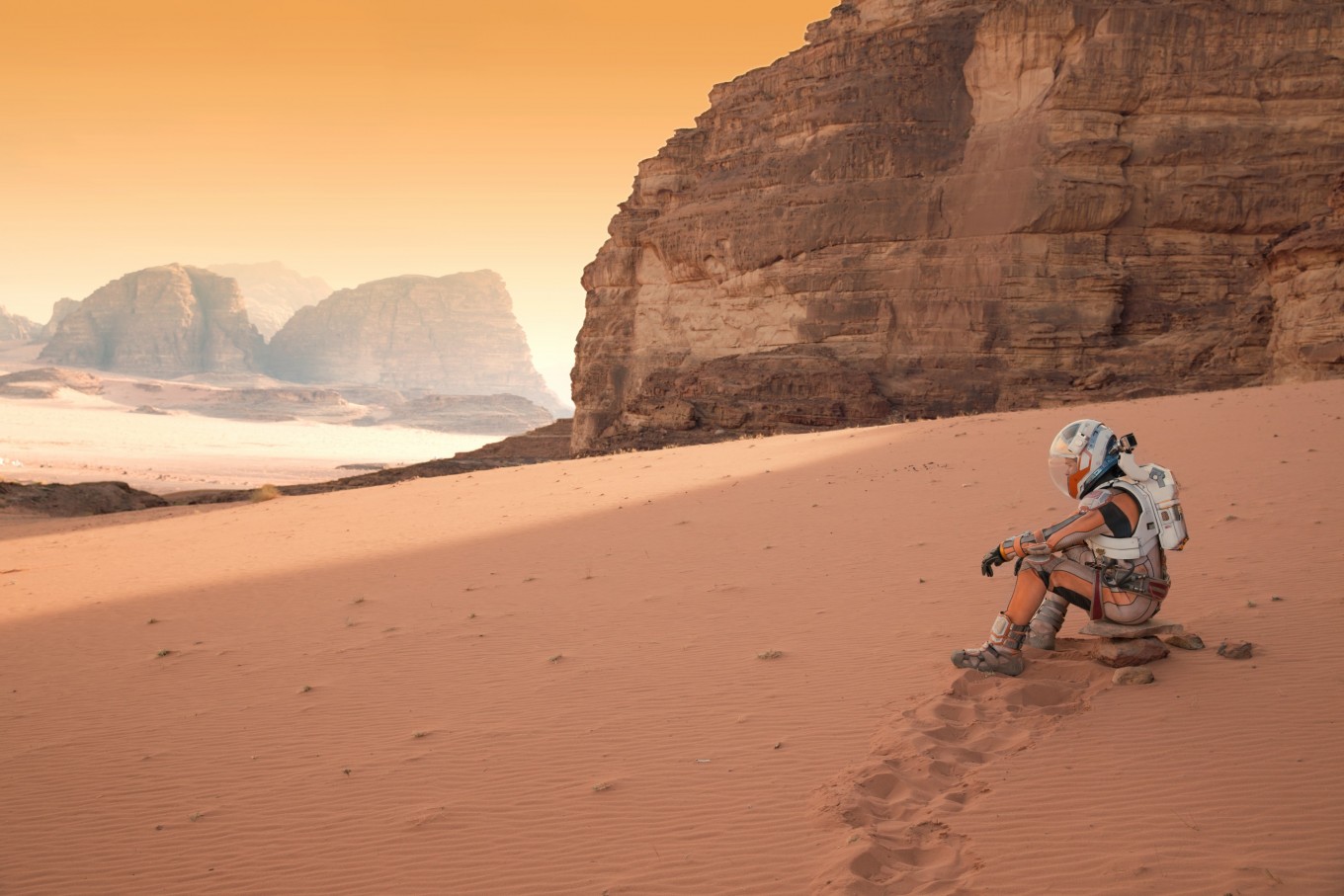Popular Reads
Top Results
Can't find what you're looking for?
View all search resultsPopular Reads
Top Results
Can't find what you're looking for?
View all search resultsNASA looking to grow potatoes on Mars through simulation: Report
Change text size
Gift Premium Articles
to Anyone
T
he National Aeronautics and Space Administration (NASA) has begun experimenting on various kinds of tubers to determine whether they’ll be fit to grow on Mars.
The US space agency, together with the International Potato Center in Lima Peru, has been simulating growing potatoes in the Peruvian desert in preparation for possible human colonization on the Red planet.
Citing reports from The Wall Street Journal, NASA chose the soil in La Joya Pampas, a sector of the Atacama Desert in southern Peru, as subject for testing since it is considered one of the driest places on earth.
Once NASA discovers the suited crop, it will be subjected into rigorous Mars-like conditions, including exposure to carbon dioxide and ultraviolet radiation.
The final criterion, meanwhile, requires the crop not just to grow well on Mars but also to be able to reproduce in large quantities.
NASA officials are optimistic that the experiment would eventually pave way to building a farming dome on Mars—exclusively for the vegetable.
Meanwhile, the people behind the experiment admitted that the idea of planting potatoes in the deserted planet actually came from science fiction.
As it turns out, it was Matt Damon’s stranded astronaut/botanist character from the movie ‘The Martian’ who influenced the decision.
“It’s got to be a Martian potato that tastes good,” said Julio Valdivia-Silva, a Peruvian astrobiologist.
“It’s a big challenge to take a living organism somewhere else. We’ve never done this before,” added the NASA scientist.
If NASA’s schedule permits, humans traveling to Mars won’t be that far off, with the Mars One mission hoping to send astronauts on a one-way trip within the next decade.
The space station is aiming to launch it’s first manned mission by the year 2020, before specialized crews make their trip in 2026.











